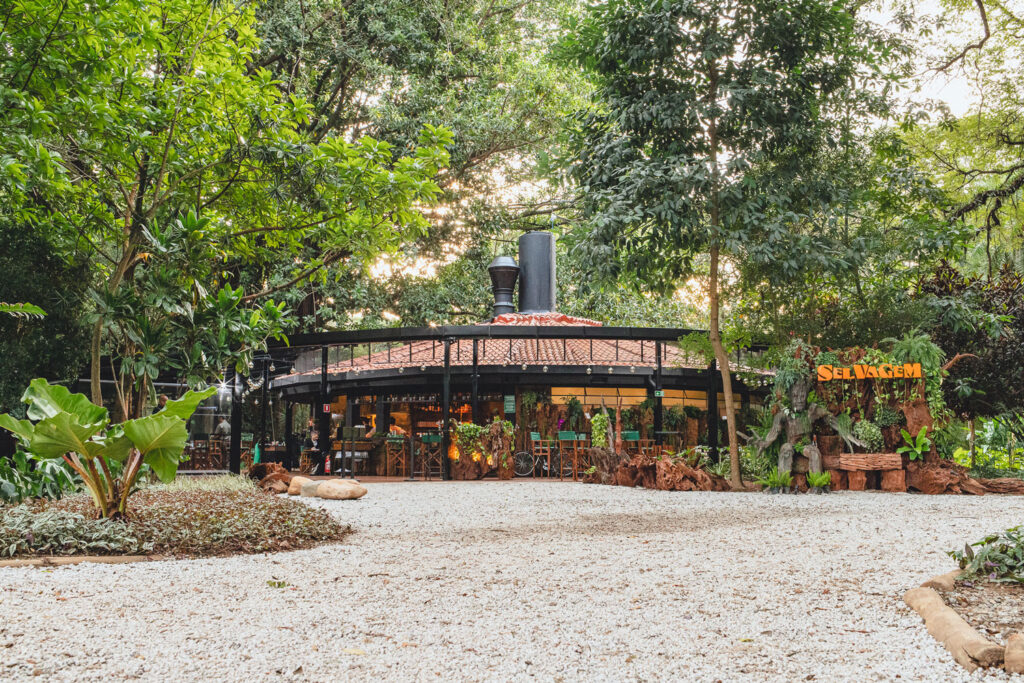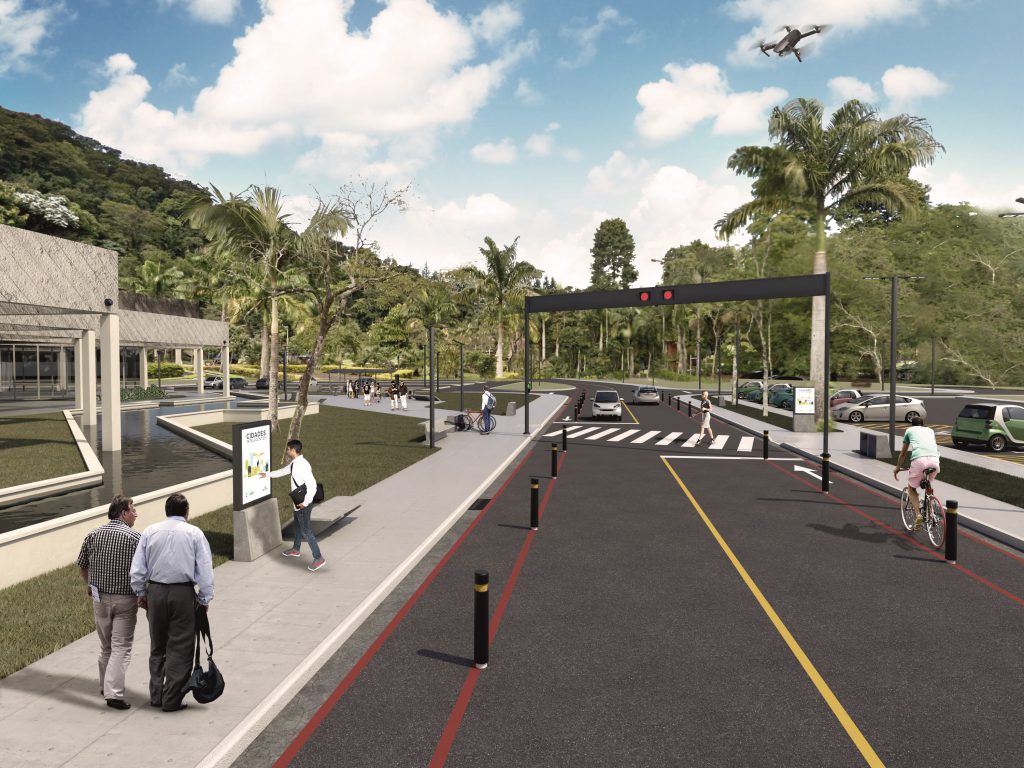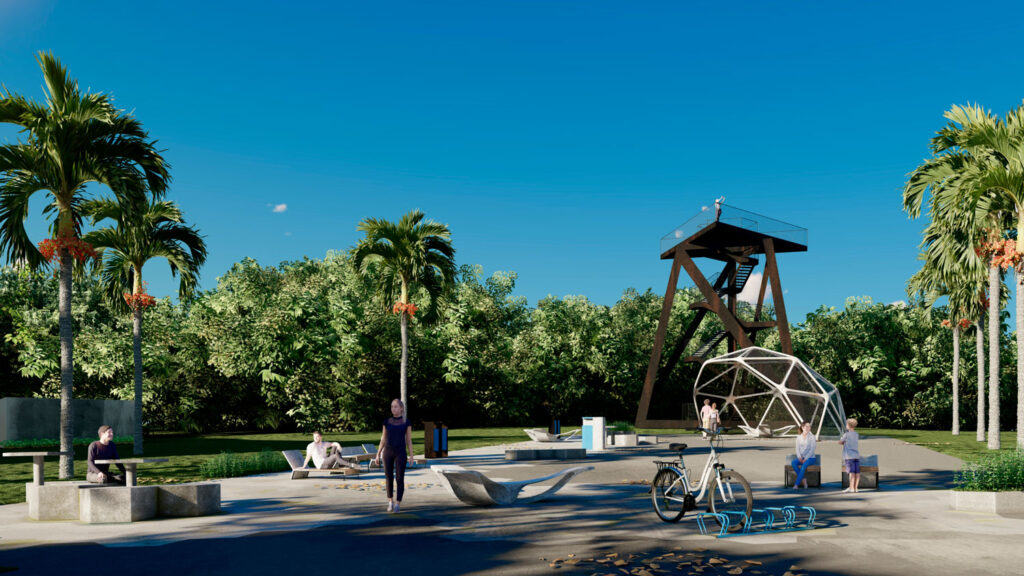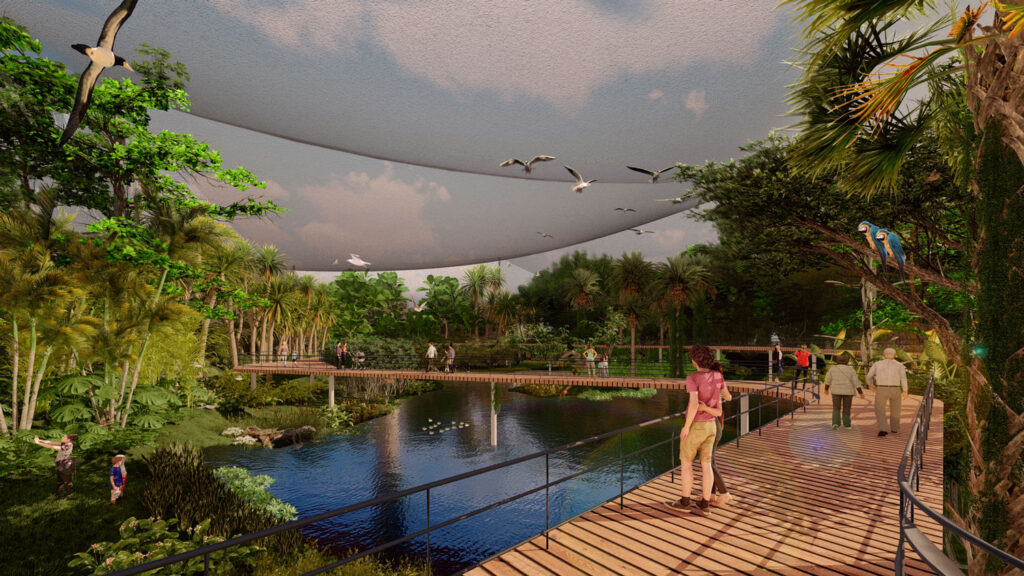Environmental architecture has sustainable and environmental protection attributes. The impact it causes on cities is linked to the use of natural resources, city design and, above all, the well-being it can provide people.
Here in Brazil, several projects have been developed with this footprint. Some examples are the Sustainable House in Brasilia and the Container House in Curitiba. In the world, we can mention Oslo Airport and The New York Times Headquarters.
Want to know more about environmental architecture? So, read on!
What are the principles of environmental architecture?
The principles of architecture that cares about the environment are diverse and go beyond the sustainable use of natural resources. Among the main ones, we can mention:
Leia também sobre a minimalist architecture
Sustainable use of land and energy
The ideal is not to make major changes in the structure of the land used, as well as to use only as little of the site as possible to carry out the construction. Regarding energy, it is important to create projects with strategies to reduce electricity consumption and achieve maximum energy efficiency.
Project analysis and planning
Ao fazer a análise do local, também é preciso olhar para o seu entorno. Assim, é possível identificar os aspectos culturais para mantê-los e valorizá-los no que for possível. O planejamento também é importante, pois evita o uso desnecessário de materiais para a obra, tornando o projeto mais sustentável.
Climate adaptation and legislation
Understanding the climate of the place where the project will be carried out helps to position the construction in the best possible way in relation to the sun, thus reducing energy consumption. The legislation must also be complied with in all aspects, whether environmental or labor.
Prioritizing health and well-being
Sound and air quality must be prioritized in the project. This allows the health and well-being of occupants, whether workers or residents, to be preserved. For professionals working on the project, care must also be taken in relation to working conditions and the use of personal protective equipment (PPE).
What is the environmental impact of sustainable architecture?
The environmental impacts of sustainable architecture include the preservation of types of natural resources. Water can be reused, garbage can be strategically positioned for selective collection, natural lighting can be prioritized to reduce energy consumption, and so on.
The most important thing is that architecture that values sustainability is increasingly valued by professionals in the field. Thus, it is possible to minimize the environmental impacts of the works and efficiently preserve the environment.
Environmental architecture and the green seal
Green seals are used to guarantee that a project is being carried out with sustainable practices that protect the environment. Some of the main green labels in Brazil are Procel, Rainforest, Cerflor and FSC.
Each of these seals has specific requirements to be assigned to companies. Therefore, the most recommended thing is that organizations have a good environmental management system to adapt to the requirements and audits necessary to obtain the seals.
Why is environmental architecture a trend?
Every day, the guidelines for protecting the environment have gained strength in society. People are understanding that sustainability is very important and that natural resources are finite. Based on this debate, consumers and companies end up prioritizing hiring environmental architecture services to develop their projects.
Conheça também sobre a arquitetura paisagística
Plantar Ideias is focused on environmental architecture projects. To learn more about the company, browse our website and learn about the services offered!
Check also: Sustainable architecture





